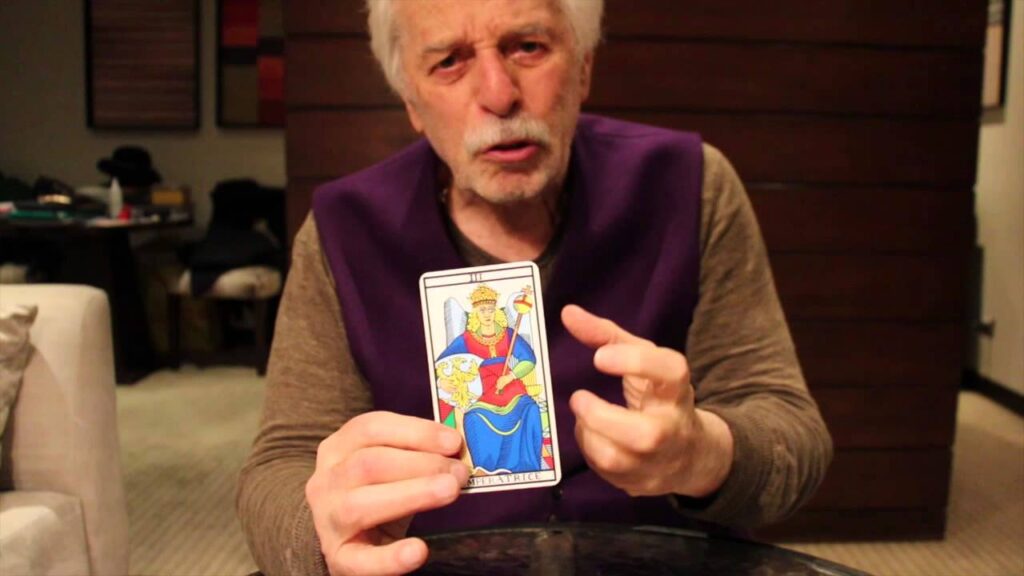
"The practice of cartomancy, or divination with cards, dates back several hundred years to at least 14th century Europe, perhaps by way of Turkey. But the specific form we know of, the tarot, likely emerged in the 17th century, and the deck we're all most familiar with- the Rider-Waite Tarot-didn't appear until 1909. Popular mainly with occultists like Aleister Crowley and Madame Blavatsky in the early 20th century,"
"the tarot exploded into popular culture in the new age 70s with books like Stuart Kaplan's Tarot Cards for Fun and Fortune Telling, and by way of cult filmmakers like Alejandro Jodorowsky. Since its relatively recent popularization, "fun" and "fortune telling" have more or less defined most people's attitude to the tarot, whether they approve or disapprove of either one."
Cartomancy with cards reaches back to at least 14th century Europe, possibly via Turkey, while the tarot form likely arose in the 17th century and the Rider-Waite deck appeared in 1909. The tarot gained traction among occultists such as Aleister Crowley and Madame Blavatsky and surged into New Age popular culture in the 1970s through books and cult filmmakers. Many people treat the tarot as entertainment or fortune telling, but poets, artists, and surrealists have long used tarot imagery as symbolic inspiration. Alejandro Jodorowsky frames the tarot as a language of the present and a creative, soulful tool rather than a means to predict the future.
Read at Open Culture
Unable to calculate read time
Collection
[
|
...
]